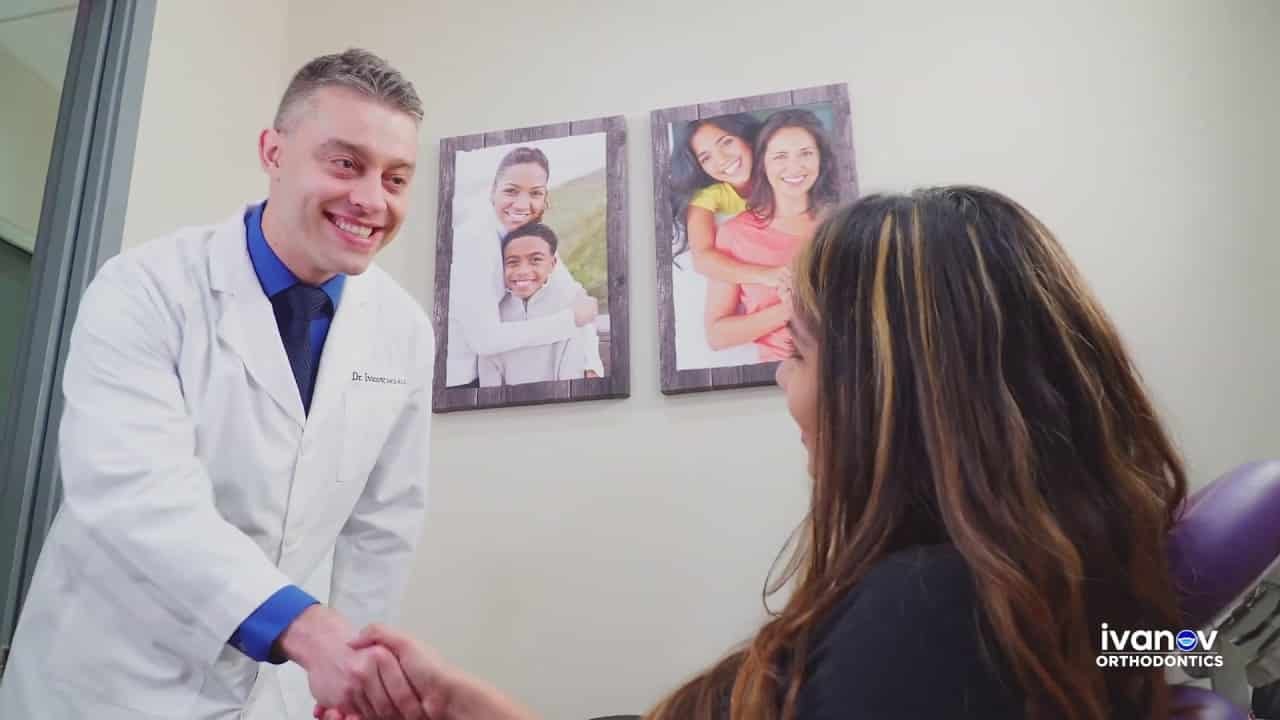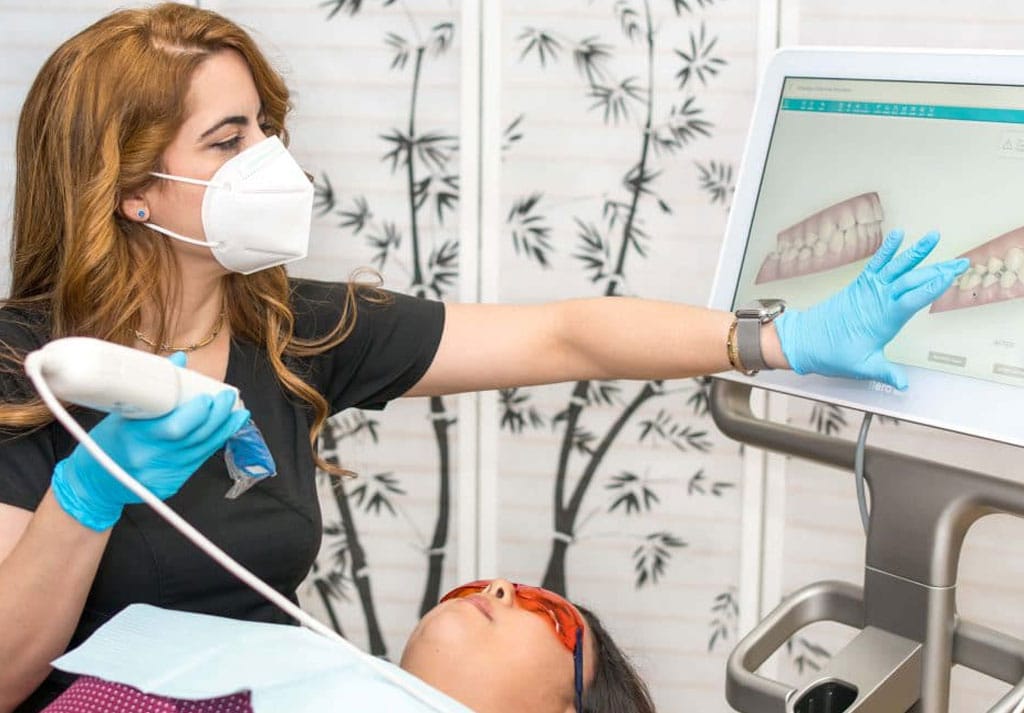Malocclusions are orthodontic issues that require children and adults to seek care from an orthodontist open on Saturday near me in the case you are busy working days. There are many different types and most, if not fixed, can cause issues later in life.
Common Orthodontic Issues:
- Crowded teeth are considered one of the most common issues that require orthodontics treatment. Crowded teeth develop when there is not enough room for the growth of all permanent teeth. Over time, the teeth can develop over each other, generating overlapping teeth. If not fixed, crowding can lead to serious issues because it is hard to keep teeth clean resulting in cavities and gum disease.
- Overbites and underbites are other common issues patients may face. If a patient has an underbite, the lower jaw will outgrow the upper jaw and the lower teeth protrude over the top teeth. With an overbite, the top teeth cover a large amount of the lower teeth. An excessive overbite can cause teeth to become worn, and in severe cases, the bottom teeth may even bite into the roof of the mouth.
- Patients who are missing teeth or have a small or too wide dental arch may have spacing issues. Spacing is a problem because teeth can drift into spaces that are not meant for them. This can require more work down the road.
- A crossbite occurs when the front or back upper teeth fit into the inside of the lower front or back teeth. When the lower teeth don’t extend far enough or the upper teeth jet out too far, the teeth look protruded. This is called overjet. It can be caused by uneven jaw growth, and in some cases, by thumb-sucking. Thumb-sucking can also cause an open bite, which occurs when the front teeth don’t touch when the back teeth are touching. Chewing and speech problems can result.
For patients who suffer from one of the above issues, you should have an orthodontist consultation that can help diagnose and correct it before more serious problems occur. An orthodontist will perform an examination and take X-rays to determine the extent of the problem and then decide the best treatment method to correct the issue.
What are common treatments?
Once the orthodontist near me braces determines the malocclusion, he or she will create a detailed treatment plan to correct it. Treatment may include the use of appliances, such as braces, tooth removal, or sometimes even surgery to achieve the goals the orthodontist and patient have set.
There are different types of appliances an orthodontist may use. These functional appliances create forces to move the teeth and align the jaws. Some functional appliances are removable and others are fixed and bonded directly to the teeth.
- Braces are known as fixed appliances. There are several different types offered by orthodontists. Standard metal braces use wires and brackets that are cemented to the teeth. Over time, the wires are tightened and adjusted which applies pressure to make the teeth move.
- Self-ligating braces use a clip to hold the wire in place rather than elastics like standard metal braces. They move faster and can shave months off treatment time.
- Certain malocclusions might allow for the use of Invisalign or another form of invisible braces. Invisible braces aren’t for everyone, but for those who want a more discrete look, the invisible and custom fit aligners used with Invisalign are the way to go. They are completely removable so patients can eat and drink as normal and maintain their standard cleaning habits.
- In addition to clear options, some orthodontists near me for braces also use lingual braces, which fit along the tongue side of teeth. They are invisible to the naked eye and ideal for athletes who play contact sports.
In the case of serious malocclusions, orthodontists may deem other treatment necessary. In cases of extreme crowding, extractions may be required. Plastic or metal spacers will then be used to keep the surrounding teeth from moving into the empty spaces. If a patient requires growth modification, the patient will need to wear either a fixed or functional appliance to keep the jaw in an optimal position.







